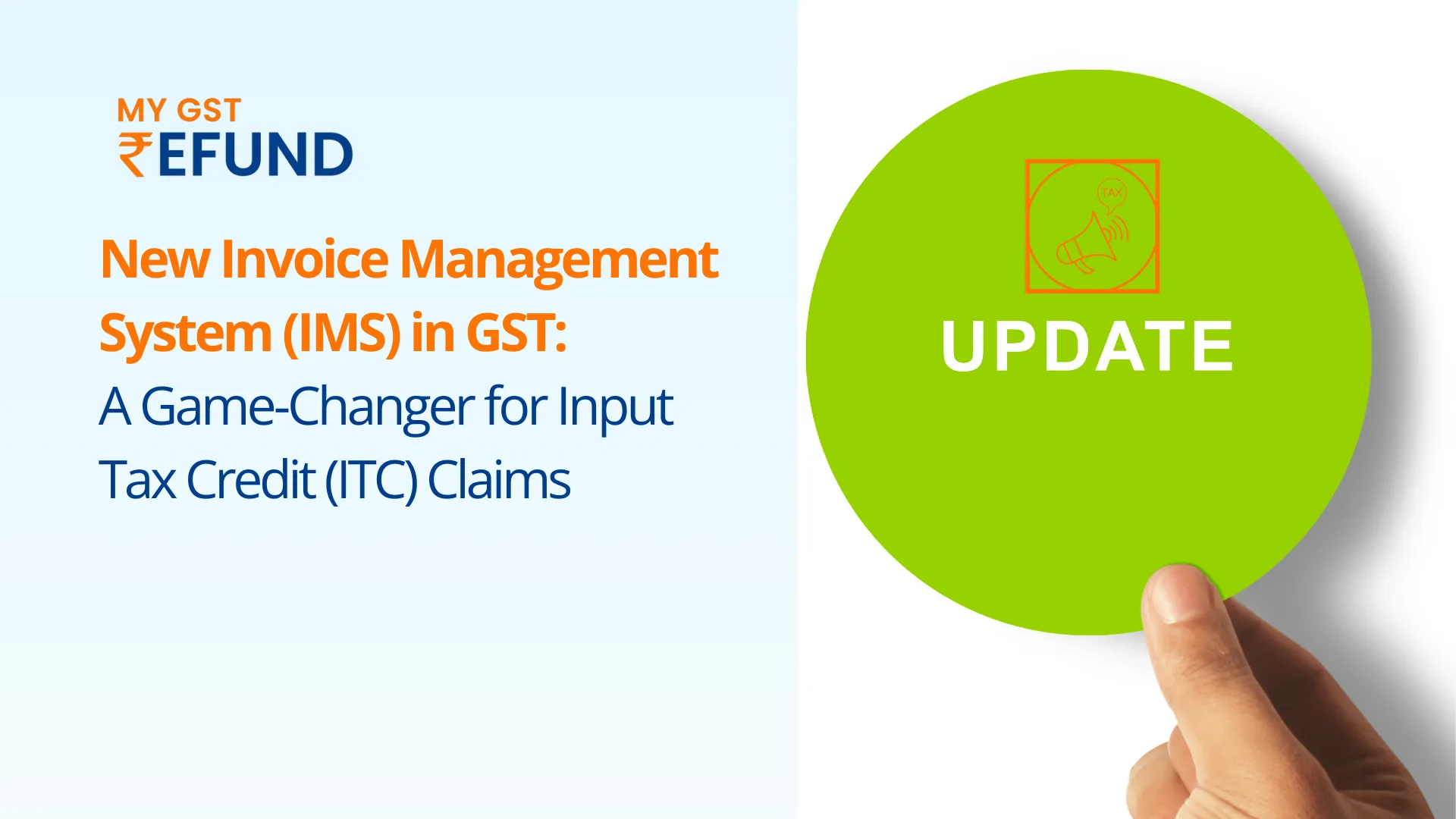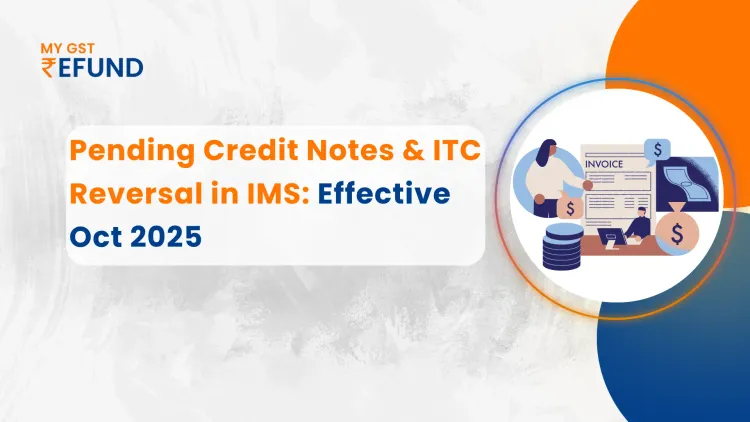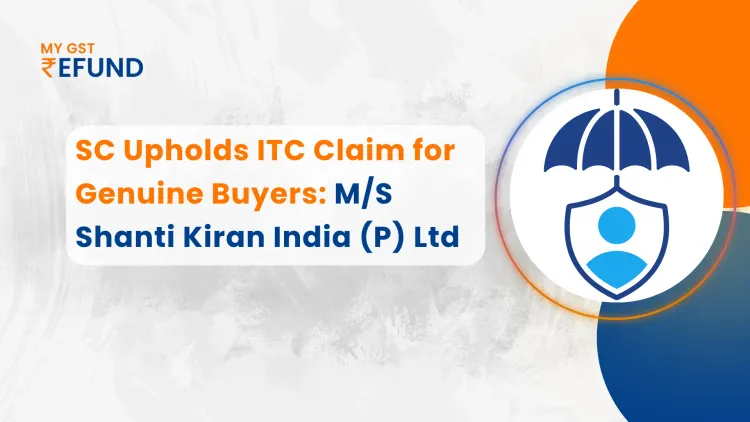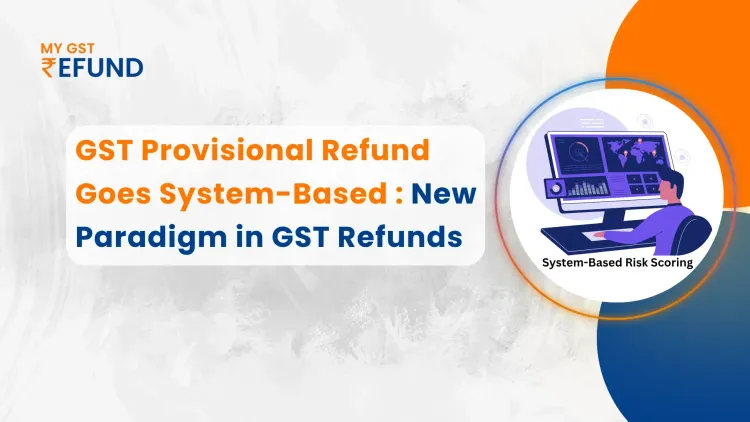What is Invoice management system ?
The goods and services tax (GST) system in India through the GST network (GSTN) is changing in a big way with the introduction of the invoice management system (IMS). This is an advanced system, which will start operating on October 1, 2024 and will collect the invoices from suppliers and send them to recipients without any hitch, increasing accuracy in the claiming of input tax credit (ITC). IMS is seen as an important milestone because it will help to minimize mistakes, enforce compliance and enhance transparency within the framework of GST.
Key Features of the Invoice Management System (IMS)
Improved Communication for Corrections on Invoices : emphasized by IMS creating new ways of communicating between supplier and buyer; taxpayers can now directly rectify discrepancies in invoices through the GST portal. The back-and-forth is terminated, hence making it cheaper and faster.
1. seamless matching of invoices : One of the key advantages of IMS is its capability to reconcile invoices recorded by taxpayers with those issued by their suppliers, thus guaranteeing transaction authenticity and enabling claimants to get the right ITC.
Actions with Invoices
- Accept: Accepted invoices will automatically be included in the recipient’s GSTR-2B as eligible ITC and will auto-populate in GSTR-3B.
- Reject: Rejected invoices will be excluded from GSTR-2B, ensuring that ITC is not erroneously claimed.
- Pending: Invoices marked as pending will not be included in GSTR-2B or GSTR-3B for that month but will remain on the IMS dashboard for future action.
2. Impact on GSTR-2B : GSTR-2B Impact Only those invoices that are accepted will be included in GSTR-2B, hence allowing taxpayers to verify their invoices before they become part of their ITC claim. By so doing, this process minimizes chances of false claims, hence augmenting openness.
3.Time Frame for Actions: From the time when GSTR-1, Invoice Furnishing Facility (IFF), or GSTR-1A is saved by the supplier until GSTR-3B corresponding to it is filed by him/her, actions can be taken on invoices. If no action is taken during this period, GSTR-2B will include the invoices, which will be treated as accepted.
4. Invoice Amendments : The original invoice would be replaced by an amended one in IMS if the supplier amended it in GSTR-1 before filing. However, when an amendment has been made through GSTR-1A, this will affect GSTR-2B of the next month.
5. Deemed Acceptance :The deemed acceptance idea is introduced by IMS, thus allowing for invoices without any recipient’s action to be automatically considered accepted. As such, taxpayers have less compliance burden because they would only need to intervene where an invoice needs to be rejected or left pending.
6. The IMS Dashboard's New Outward Supplies Tab: A new Outward Supplies tab has been added to the IMS dashboard by the GST portal. Based on the recipient's activities, this functionality enables suppliers to monitor the status of their outgoing bills. It improves transparency by providing real-time updates, which helps companies better manage their outgoing supply and maintain GST compliance.
Special Provisions for QRMP Taxpayers Invoices that are saved or filed via IFF by taxpayers under the Quarterly Return and Monthly Payment (QRMP) scheme will be transferred into IMS, which will produce their GSTR-2B quarterly, while there will not be any GSTR-2B generated for months M-1 and M-2 for QRMP taxpayers.
How IMS Enhances the ITC Ecosystem
The implementation of IMS marks a significant step forward in improving the ITC claim process under GST. One of the major features of IMS is that there is real-time verification, which gives room for the tax payers to take care of the invoices, thus ensuring that only valid, verified transactions are included in ITC claims. This ensures the authenticity of the claims and increases the overall accuracy of the GST process. IMS assists the tax payers by giving them more control over their ITC claims, reducing chances for errors, and making compliance easier.
Implementation and Compliance Benefits
It is designed not to put any additional compliance burden on the taxpayers but rather improve their experience. The system's automatic features, like deemed acceptance of invoices, make sure that a taxpayer has to step in only when required. This way businesses can concentrate on their core business activities but still be able to comply with GST regulations.
Conclusion
The new Invoice Management System (IMS) will change how taxpayers deal with invoices and claim ITC under GST. It will have provisions for deemed acceptance, seamless matching of invoices, and other features that will enhance communication. The system is able to assist taxpayers in reducing compliance burdens and increasing efficiency. Therefore, business operators should familiarize themselves with this new system in order to exploit its benefits optimally and maintain smooth operations when IMS is introduced on 1st October, 2024.
source: tutorial.gst.gov.in
Also Read :National Plasto Moulding Vs. State of Assam & Ors. (Gauhati High Court)
Related Posts








